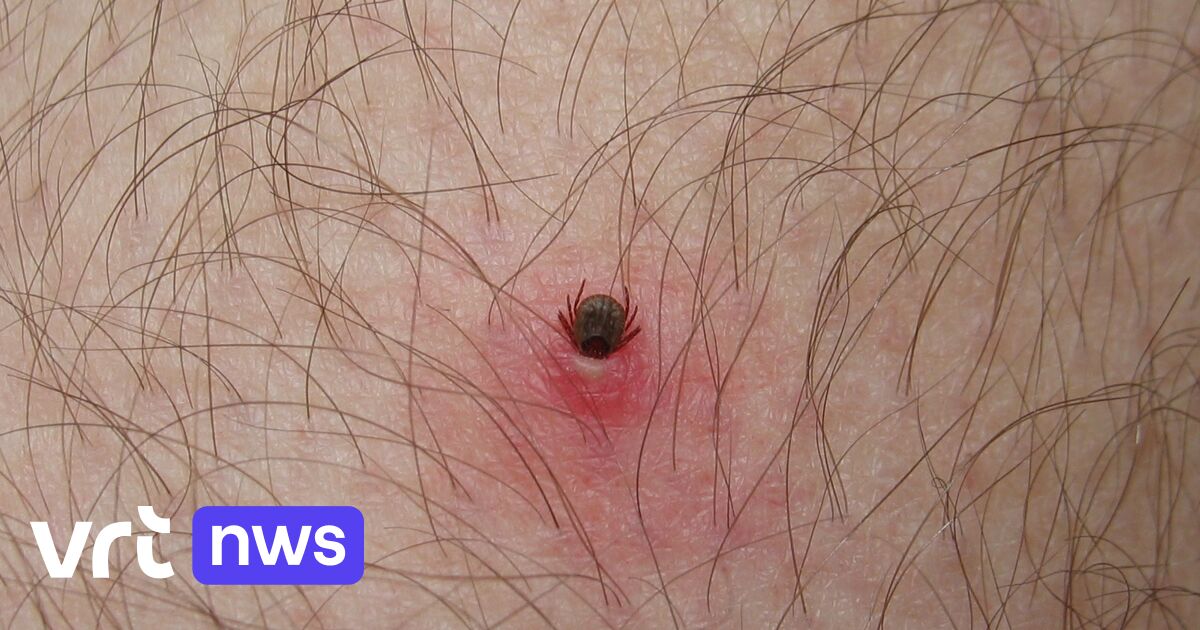In light of that finding, they argue that the routine use of Western Blotting could significantly improve the accuracy of antibody detection.
Because that technique is more accurate, they ran an analysis on a smaller collection of 58 studies that used Western Blotting and showed that being older – over 50 years old – being male, staying in rural areas and – of course – being bitten. tick-borne are all associated with a higher risk of antibodies to Bb.
Farmers and other people who regularly interact with animals that are hosts to ticks such as dogs and sheep were also more likely to be bitten by an infected tick – after all, not all ticks carry the Bb bacterium.
The results also show that Lyme disease was more common between 2010 and 2021 than between 2001 and 2010. Previous studies had already shown that the number of cases of diseases transmitted by ticks has doubled in the last 12 years.
Possible explanations for this include ecological changes, longer and drier summers and warmer winters due to climate warming, animal migrations, the fragmentation of farmland and the fact that people are spending more time outside with their pets, the researchers say.
–


